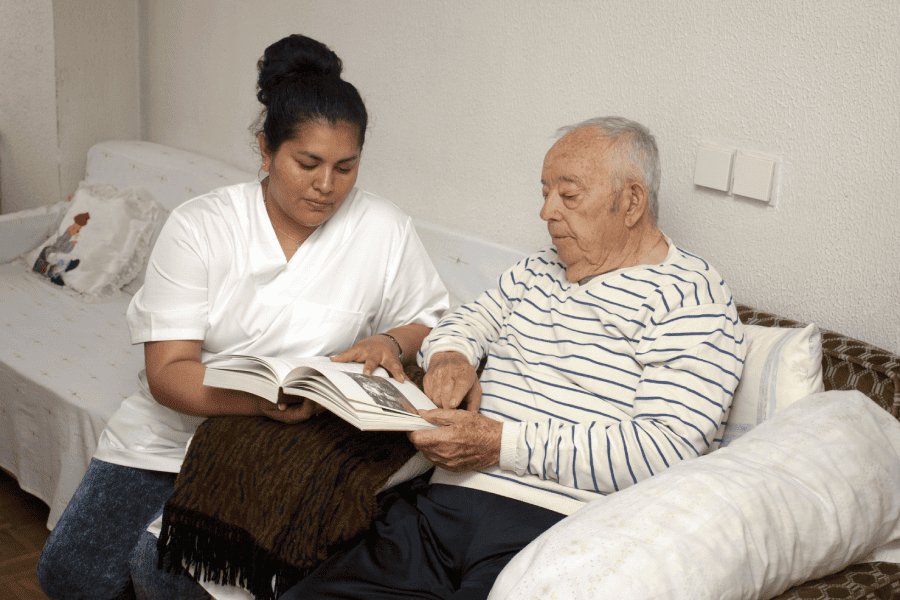Here’s a more detailed breakdown:
Local Life:
- Things to do: This could include restaurant reviews, park guides, event listings, and recommendations for local attractions.
- Local Businesses: Spotlighting unique shops, services, and restaurants within the neighborhood.
- Community Events: Covering local festivals, farmers’ markets, concerts, and other gatherings.
- Local History: Exploring the history of the neighborhood and its landmarks.
- Arts and Culture: Highlighting local artists, galleries, and cultural events.
Real Estate:
- Market Trends: Analyzing local real estate market data and providing insights.
- Neighborhood News: Covering real estate development, zoning changes, and other relevant news.
- Homeownership: Offering advice and resources for homeowners and potential buyers.
- Real Estate Development: Discussing new construction projects and other changes in the neighborhood.
Community Engagement:
- Neighborhood News: Sharing important updates, announcements, and community alerts.
- Community Projects: Highlighting volunteer opportunities and local initiatives.
- Safety and Security: Providing information on local safety measures and resources.
- Local Government: Covering news and information related to local government and city council.
Additional Ideas:
- Seasonal Guides: Creating guides tailored to different seasons, such as “Best Fall Hikes” or “Winter Events”.
- Neighborhood Expert: Sharing tips and advice on topics like gardening, home improvement, or local transportation.
- “Meet Your Neighbors” Series: Featuring interviews with local residents.
By focusing on these categories, a neighborhood blog can provide valuable information and foster a sense of community among its readers.

